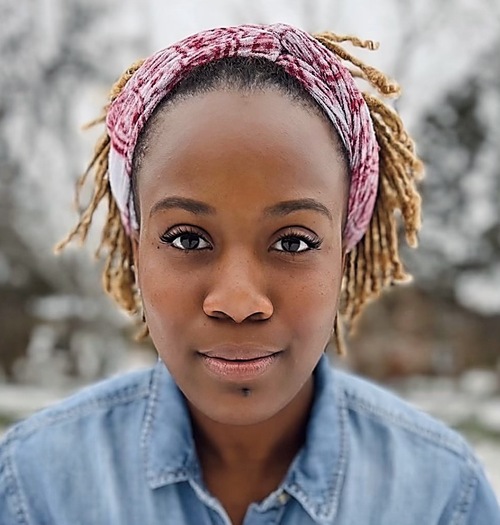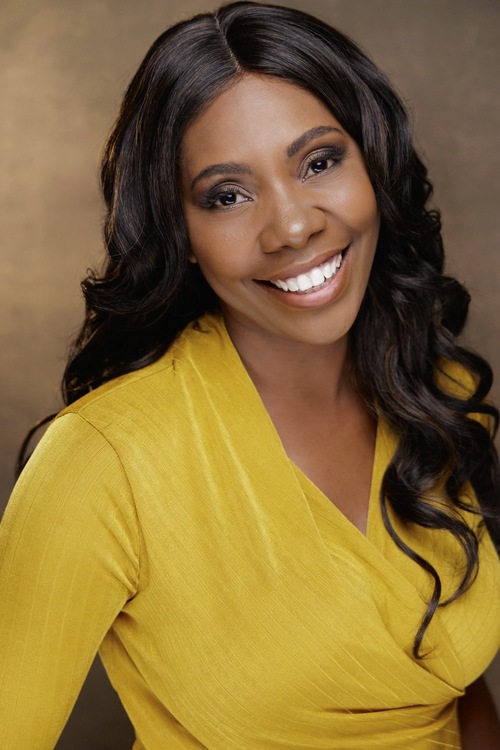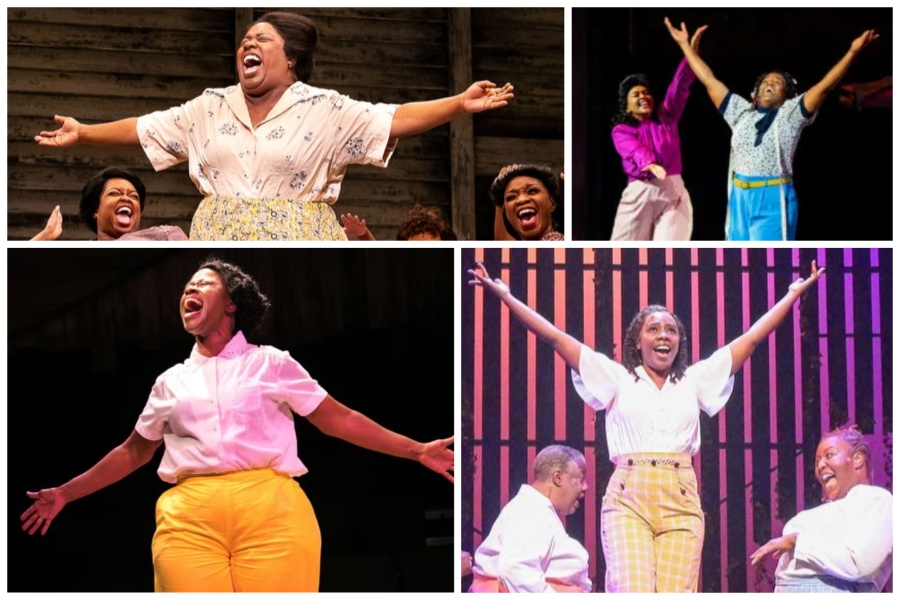I was 15 years old the first time I picked up Alice Walker’s The Color Purple from my mom’s bookshelf and cracked it open for my junior English class. I wrote a paper about how Alice Walker had broken all the rules of literature by writing the book as one woman’s conversations with God throughout her life, and how those prayers changed and evolved. Walker wrote Celie’s prayers as letters that turned into actions when Celie traded watching other people live to actually living for herself. What Walker conveyd through Celie is something she herself learned early on: that whatever your given circumstances, you are inherently free to be whatever, whoever, and however you can imagine.
The daughter of sharecroppers, Walker was born in Eatonton, Ga., in 1944. Even today, the purple wildflowers that inspired the book’s title blanket pastures there. I interviewed Walker on the occasion of her 75th birthday in 2019, and during our conversation she recalled writing stories with a stick in the dirt as a small child. This detail delights me still, because I grew up about 90 minutes northeast of Walker’s hometown, closer to Atlanta, writing on walls and sidewalks—a common writer’s rite of passage.
This story of finding one’s own glory in the midst of oppression has captivated audiences since the book was released in 1983 and then adapted into a film directed by Stephen Spielberg in 1985. Walker became the first African American woman to win the Pulitzer Prize for Fiction, the same year that Marsha Norman won for her play ’night, Mother. Twenty years later, Norman wrote the libretto for a musical adaptation of The Color Purple, which was workshopped at the Alliance Theatre in Atlanta before making it to the Great White Way in 2005. I remember wearing a purple corduroy outfit and sitting next to my mom at the Broadhurst Theatre; it was my very first Broadway show.
Now The Color Purple is a movie again, blending elements of the novel, the first film, and the musical (both its 2005 and 2015 productions). It marks a return to the work for Broadway veterans Fantasia Barrino (Celie in the 2005 production) and Danielle Brooks (Sofia in the 2015 production). The movie has generated Oscar buzz for Brooks, Colman Domingo (who plays Celie’s abusive husband, Mister), and Taraji P. Henson, who plays the singer Shug. In any form, The Color Purple is the kind of work that sticks with people, not just audiences but those who’ve starred in it. I chatted with four performers who have played Celie in regional theatre productions of the musical over the past decade to see what the role meant to them then and what it means to them now.

Anastacia McCleskey read The Color Purple in her high school in English class and was struck by “how it allowed these Black, queer young women to express their version and vision of what God is to them and how they commune.” McCleskey played Celie at the Muny in St. Louis last summer—the climax of a journey that started decades ago when she auditioned for the show’s original company 17 times. McCleskey ended up winning the St. Louis Theater Circle award for best performer in a musical female or non-binary role for her performance. She said that the sisterhood of the musical is what stays with her.
“Black women supporting Black women looks like praying for each other, picking each other up off the ground when we are at our lowest, and calling each other in with love when we need to be checked,” McCleskey says. In The Color Purple, she continued, “Sisterhood comes in so many different forms. We get to witness that between Celie and Sofia, Celia and Nettie, Celie and Shug, Squeak and Celie, and Shug and Squeak.” The enduring root of the story’s appeal, she said, is “about love and finding your community, the people who align with you. Sometimes that’s family, and sometimes it’s not.”
The Celie connection began before the Muny production, she noted: In 2019 at the Atlantic Theatre Off-Broadway, McCleskey played opposite LaChanze, Broadway’s original Celie, in the premiere of The Secret Life of Bees. “I learned a lot just about life from her during that experience.”

Jael Gadsden tackled the role of Celie at the Springer Opera House in Columbus, Ga., in June 2022 (she’ll next appear there in Beautiful: The Carole King Musical, April 26-May 4). Gadsden said she first saw The Color Purple movie in elementary school, but the story took on new meaning when she stepped into it onstage.
“As a woman, it hurt even more seeing Celie’s relationship with Mister, because he was supposed to be her husband and she got treated so poorly,” Gadsden said. “As a woman who’s been in relationships, it affected me to see a woman who was in a relationship with a man who wouldn’t admit she was beautiful.”

Maiesha McQueen has been in the musical three times, twice as Sofia, and most recently as Celie at Denver Center for the Performing Arts (in May 2023). The powerhouse singer, who was in the Waitress Broadway national tour, is currently in Fannie at Indiana Rep through Feb. 4 and will next appear in Fela! Feb. 20-March 3 at the South Fulton Arts Center in Atlanta. For McQueen, playing the role of Celie as a brown-skinned, full-figured Black woman gave her the chance to disrupt stereotypes.
“Alice Waker shed light in terms of dismantling this idea that any privilege any Black women would experience out of objectification isn’t real,” McQueen said. “The idea that fatness is ugly is an extension of white male patriarchy. In musical theatre you have the big, sassy Black friend, and then you have the more conventionally beautiful friend. I am grateful to be able to play Celie, because even though they don’t refer to her body size, people tend to cast a frail woman. The Color Purple allows you to flip all of that stuff on its head. Its construct of beauty is not about what the women look like—it’s about how they step into their power.”

LaTrice Pace admitted that she first read The Color Purple novel only after she was cast as Celie in 2017 at Actor’s Express in Atlanta. Pace, a solo artist and a member of the legendary gospel group the Anointed Pace Sisters, said that the musical’s themes of growth, evolution, and self-discovery are what stay with her to this day. She also said that singing the show’s score, written by Brenda Russell, Allee Willis, and Stephen Bray, made her aware of her own vocal stamina.
“This story continues to captivate people around the world because we all see ourselves,” Pace said. “We do well when we are loved well. We all have a story of struggle and triumph. I didn’t know that I was/I am Celie. I didn’t think I was beautiful because of my size, but embodying this role allowed me to see that people loved me regardless. It freed me to love myself and confidently proclaim, ‘I’m here!’ It was such a liberating experience. It changed my life and my belief in myself.”
Editor’s Note: American Theatre requested an interview with LaChanze, who originated the role of Celie in the Broadway musical, and who has been asking for credit for lyrics she says she contributed to the show, but she declined. The invitation remains open for a conversation.


